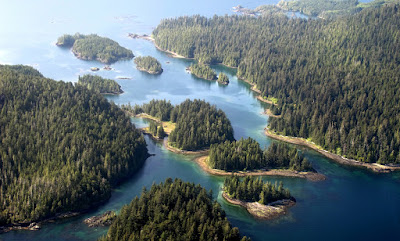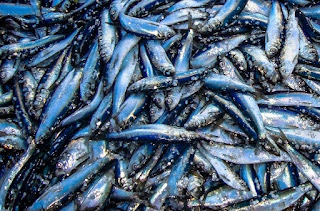DDT in Alaska meltwater poses cancer risk for people who eat lots of fish

Science Today - University of Maine Mt. Jarvis, Alaska. Photo by R. McGimsey, U.S. Geological Survey Children in Alaska whose diet includes a lot of fish from rivers fed by the Eastern Alaska Mountain Range may have a long-term elevated risk for cancer because of insecticides -- including DDT -- in the meltwater. Story here. RELATED: " Research Suggests Our Past, Prolific Use Of The Insecticide DDT May Still Be Contributing To A Scourge Of Modern-Day Diseases Related To Obesity. - Is a world-wide ban now the only ethical thing to do?"





